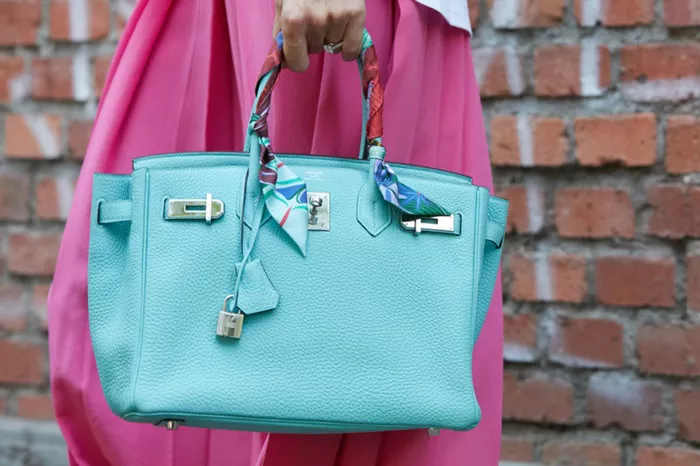As the business community adjusts to the Trump administration’s tariffs, Hermès International Group delivered on the price increases it promised in its latest round of financial results.
Bernstein analysts looked at prices on the brand’s U.S. website for women’s bags, jewelry, ready-to-wear, silk and accessories, watches, perfume, cosmetics and home goods and concluded that prices across all items rose by an average of 4% to 5%.
“These measures are likely to cover the worst-case scenario of a 10% tariff and compensate for the recent weakness of the dollar against the euro,” Bernstein analyst Luca Solca wrote in a report this week.
Hermès’ move follows Louis Vuitton’s announcement in April that it had raised prices in the U.S. market by 3% to 4%.
Bernstein said Hermès can rely on its “undisputed” pricing power. The company has been steadily raising prices each year, but that hasn’t dampened consumer appetite: Sales were up 17% in the fourth quarter of 2024, and continued to grow in the first quarter, up 10% year-over-year.
In fact, despite price increases of about 6% to 7% last year, the company is trying to build four new factories over the next four years to increase production of its popular handbags, which are affected by supply constraints during the U.S. holiday season and early in the year.
Hermès CEO Axel Dumas believes the company’s reputation makes it a stable choice for customers in turbulent times. At the company’s annual shareholder meeting on April 30, he recalled how the 2008 financial crisis boosted the brand’s value. “People were looking for quality,” he said, “and Hermès was, in a way, the gold standard.”
Hermès remains “the first brand that consumers think of…especially in China,” the Bernstein report noted.
“I think it’s worth it for a brand like Hermès to occupy the top position of consumers’ preference. When consumers are more cautious, when they are hesitant to spend money, when they are cutting their budgets – like the Chinese – Hermès is the brand they are least willing to give up,” Solca told WWD.
Although the handbag line, including the Birkin, Kelly and Constance bags, is not sold online, prices increased in “almost all” core fashion and accessories categories. However, “we expect price increases for these products to remain in a similar range,” Solca said in the report.
The categories that were less affected or not affected were mainly home, fragrance and makeup categories.
“We do not believe Hermès is completely immune to weak demand – as its decision to absorb tariffs on fragrance and beauty products shows,” he said.
Solca pointed out that these categories are entry-level products for aspirational customers. “The fragrance and makeup categories are the most accessible and therefore most price-sensitive categories for Hermès,” he said. The average price of these categories is over $100, around $169 to $186. “It is likely that Hermès has decided to take on the tariffs on these products – they are still made in France and Italy and are still subject to tariffs – to maintain its price balance.”
These categories make up a relatively small part of Hermès’ business, accounting for only about 3.5% of its total sales. In the first quarter, sales in the fragrance and beauty category fell by half a percentage point to 129 million euros, while sales in the home and jewelry category rose by 6.1% to 256 million euros.
On average, Hermès’ handbags, jewelry and women’s silk products (including its famous scarves) rose by 5%. Women’s ready-to-wear products (sales rose 7.2% to 1.15 billion euros last quarter at constant exchange rates) rose by 4.2%.
Watches rose less, by 3.4%, with an average price of $10,581 each. The category has been struggling, with sales falling by 10% in the first quarter.

